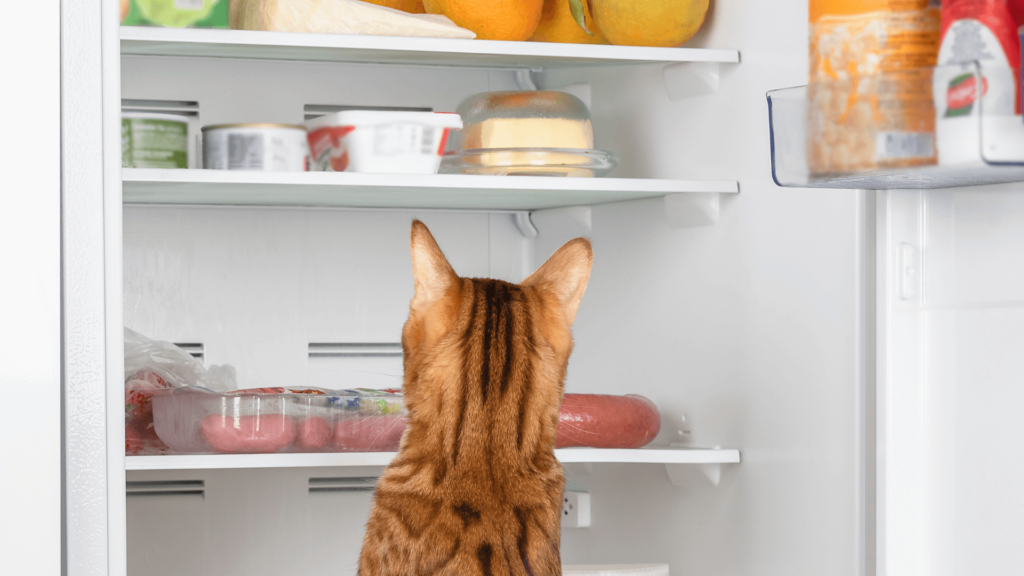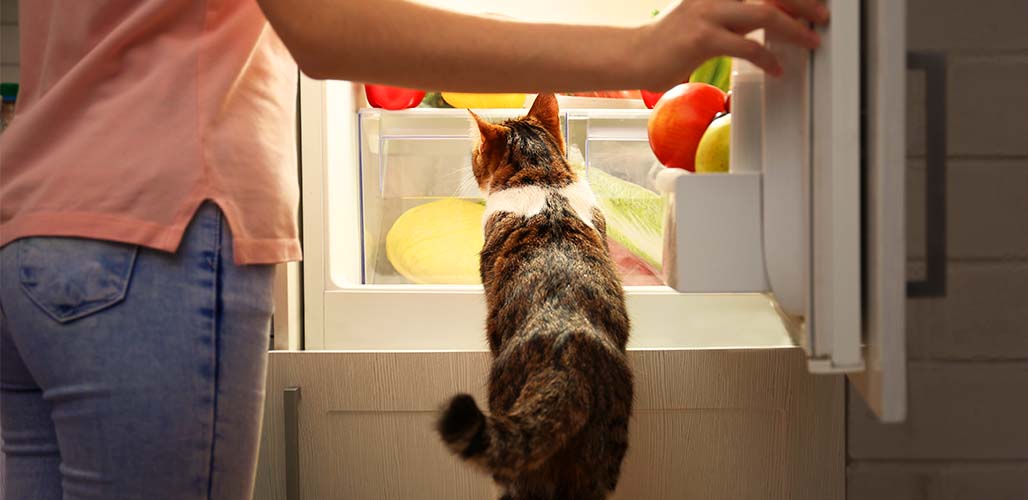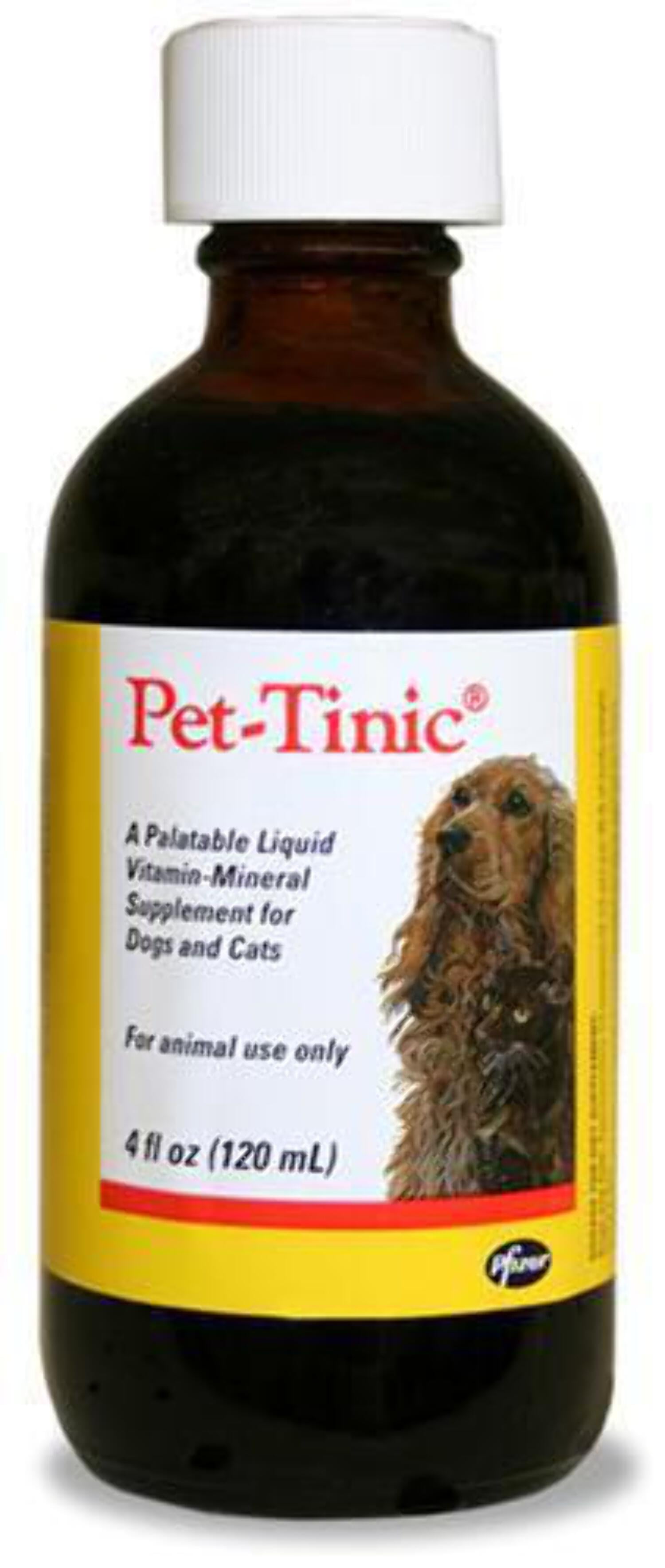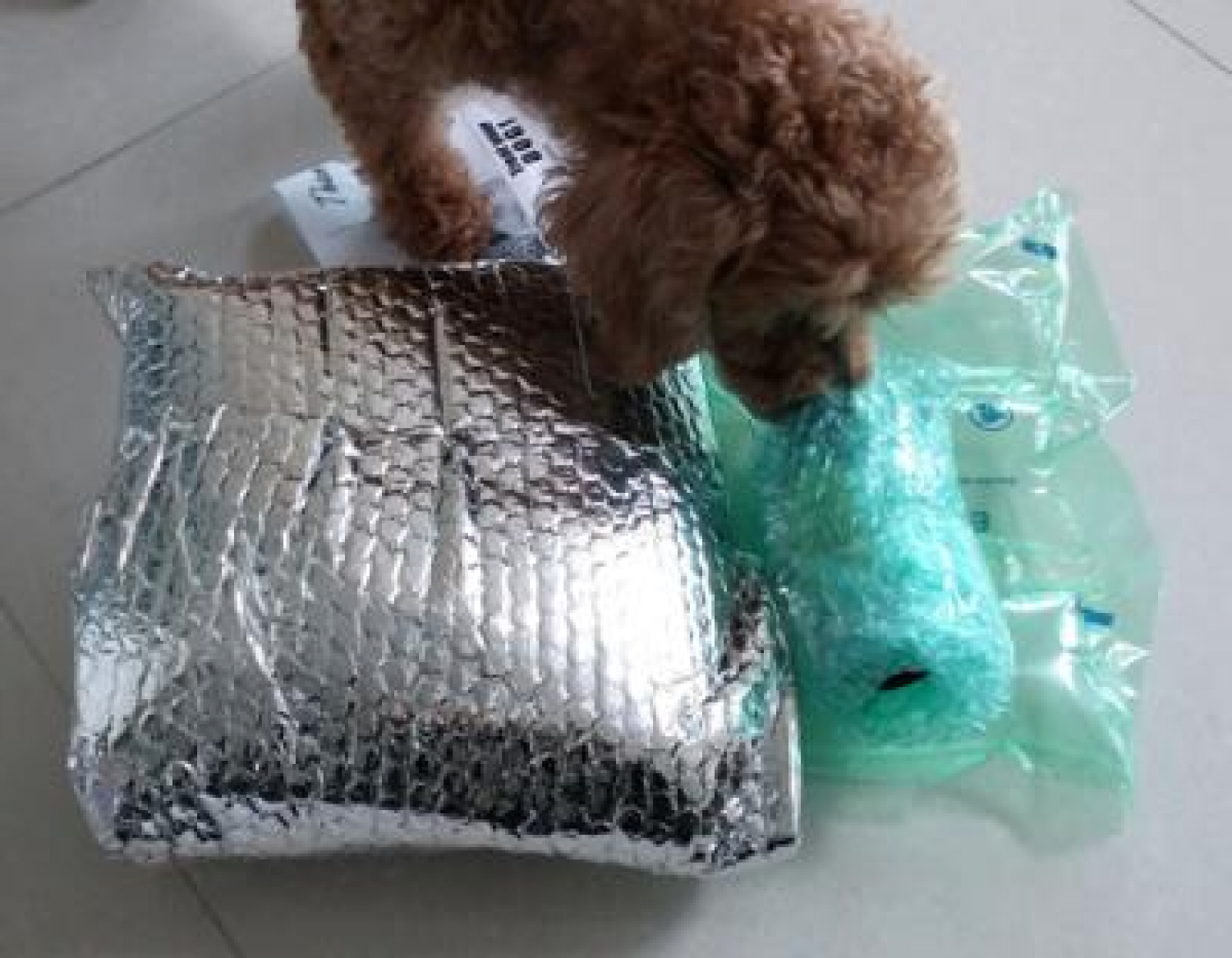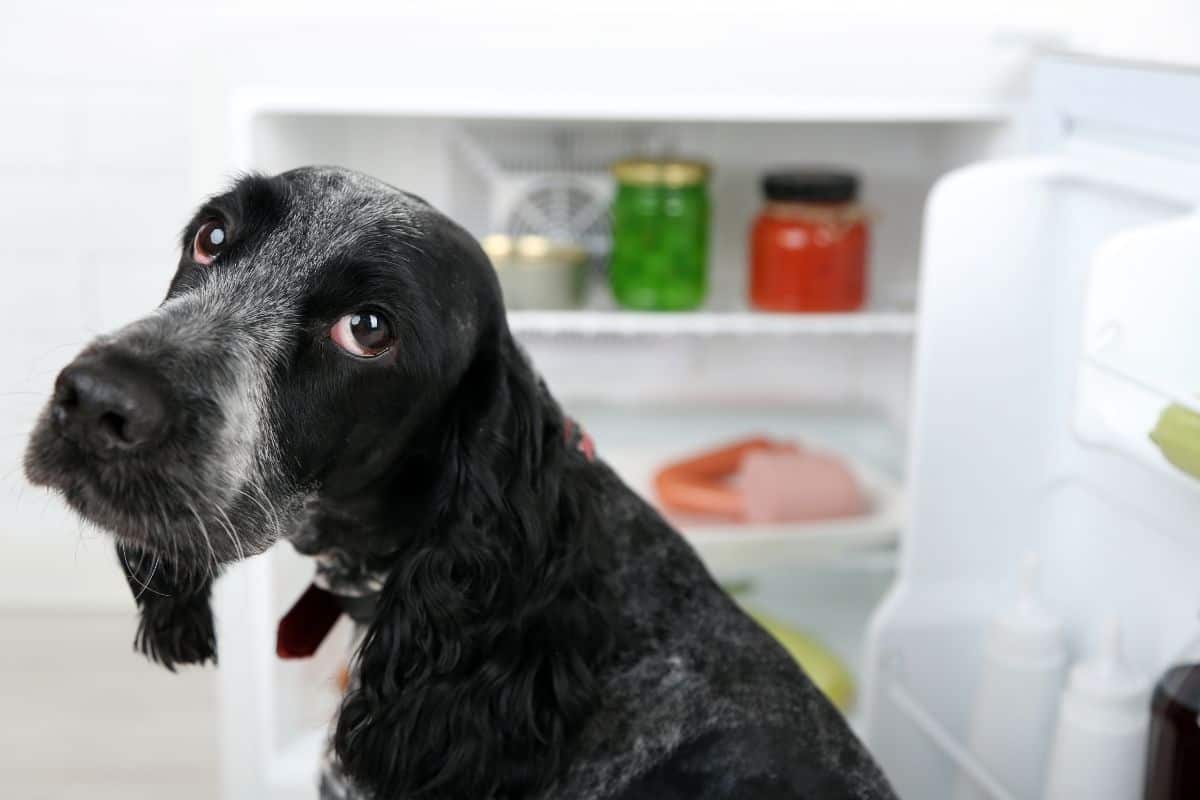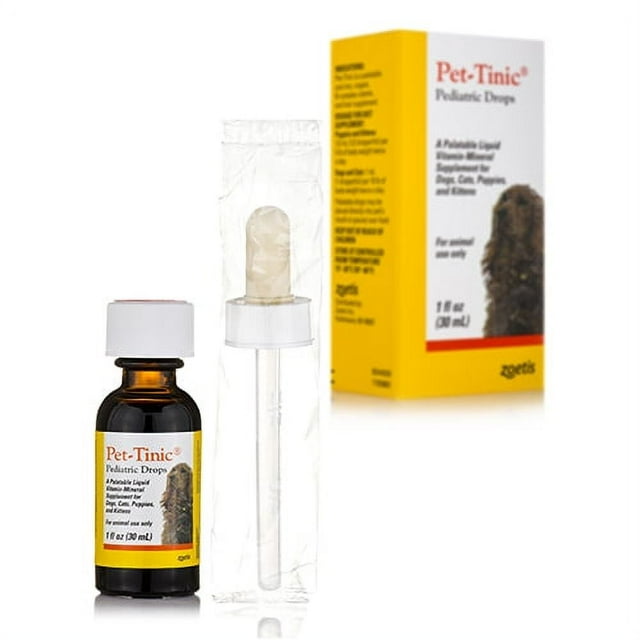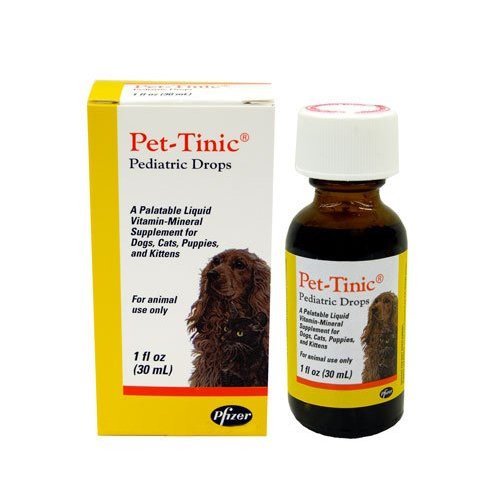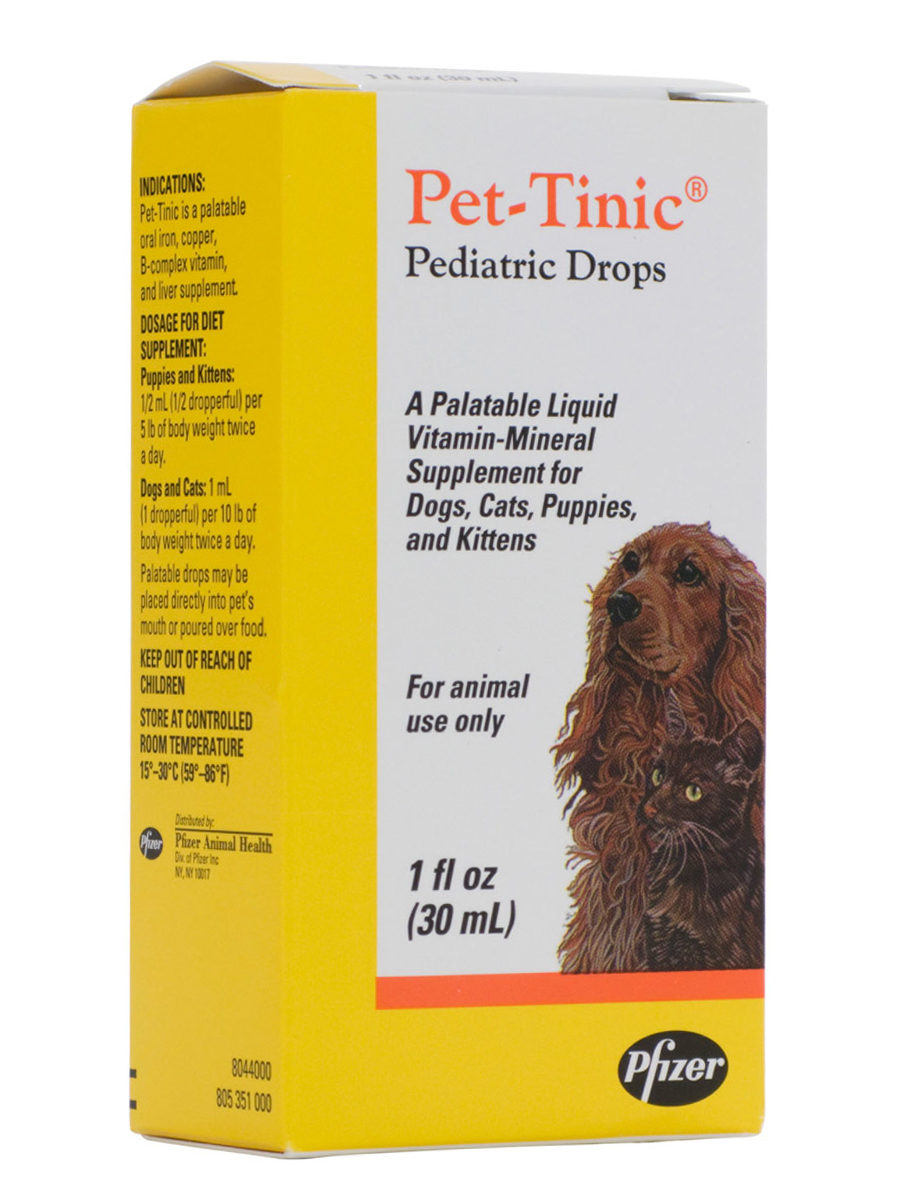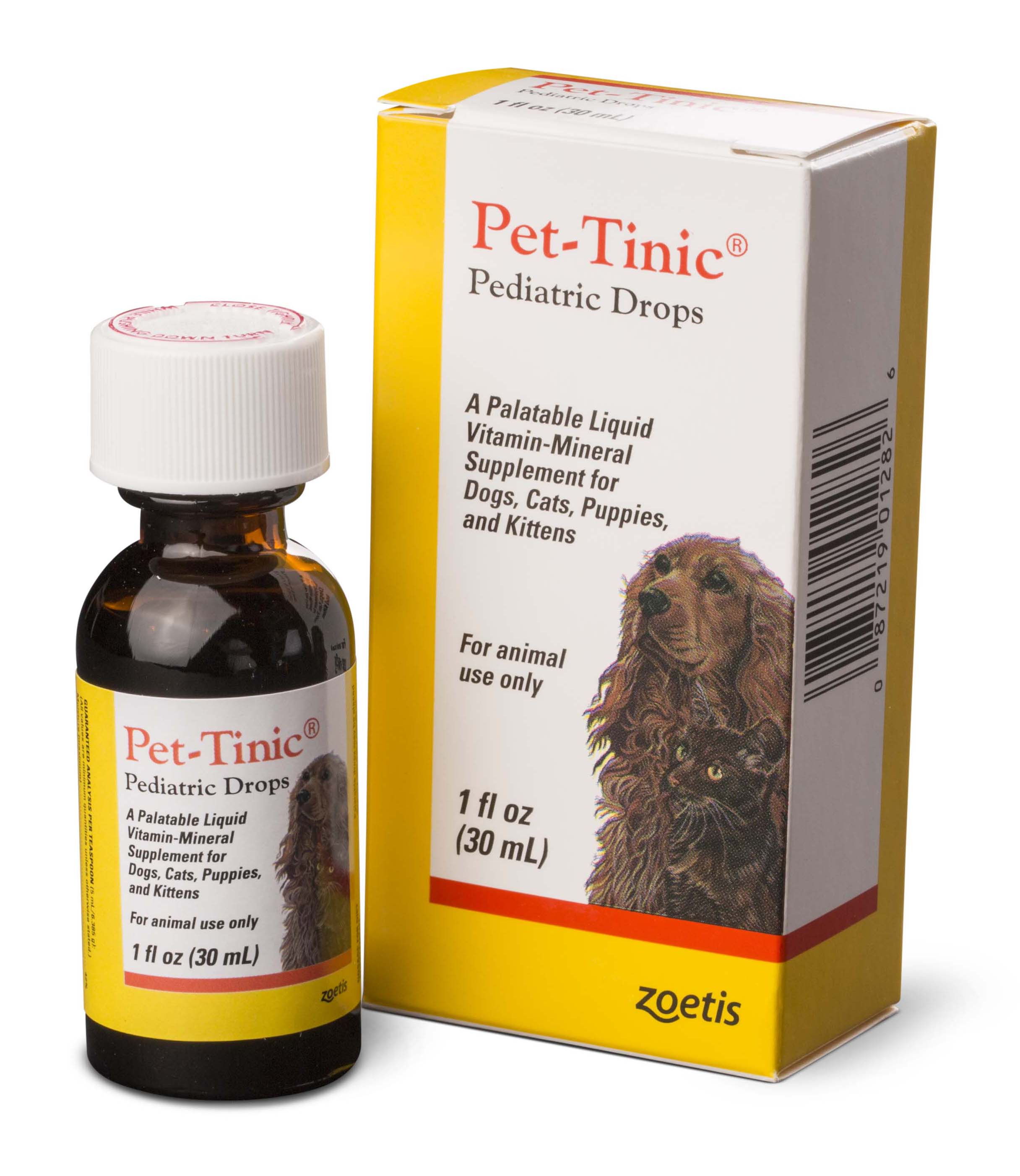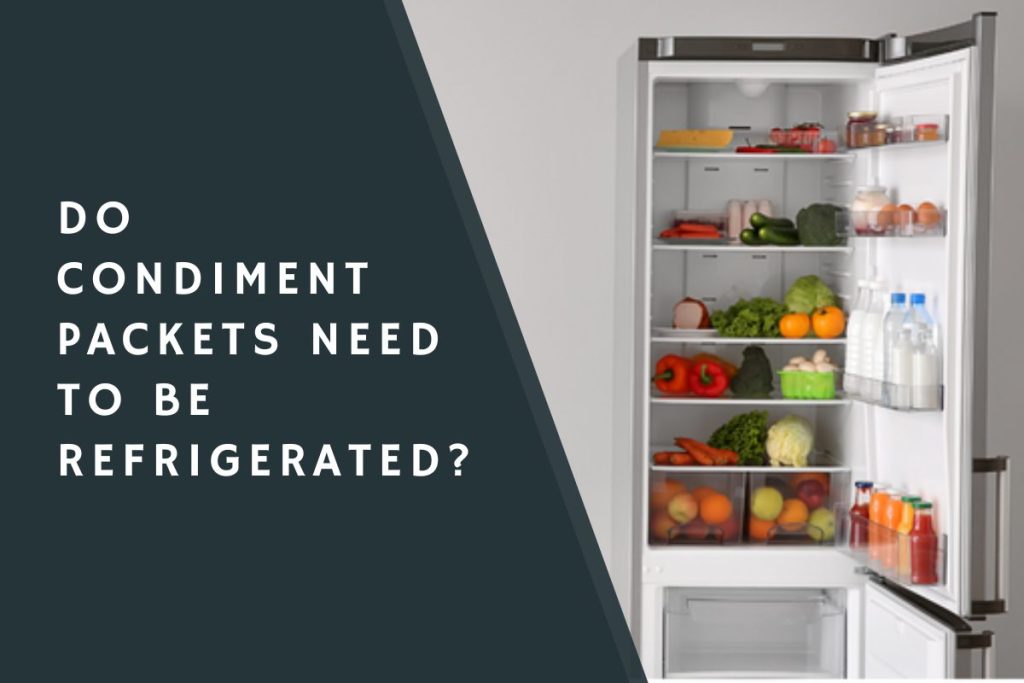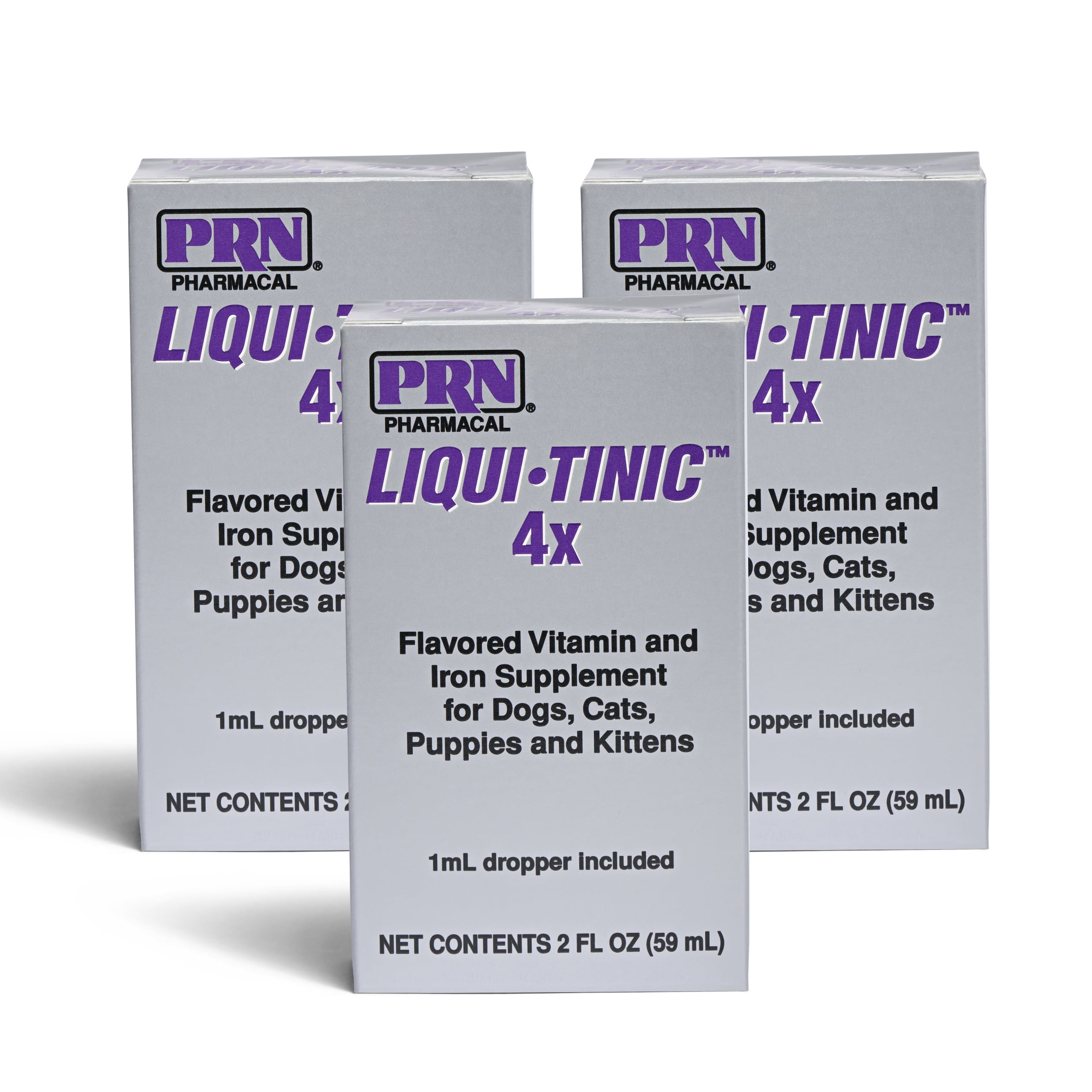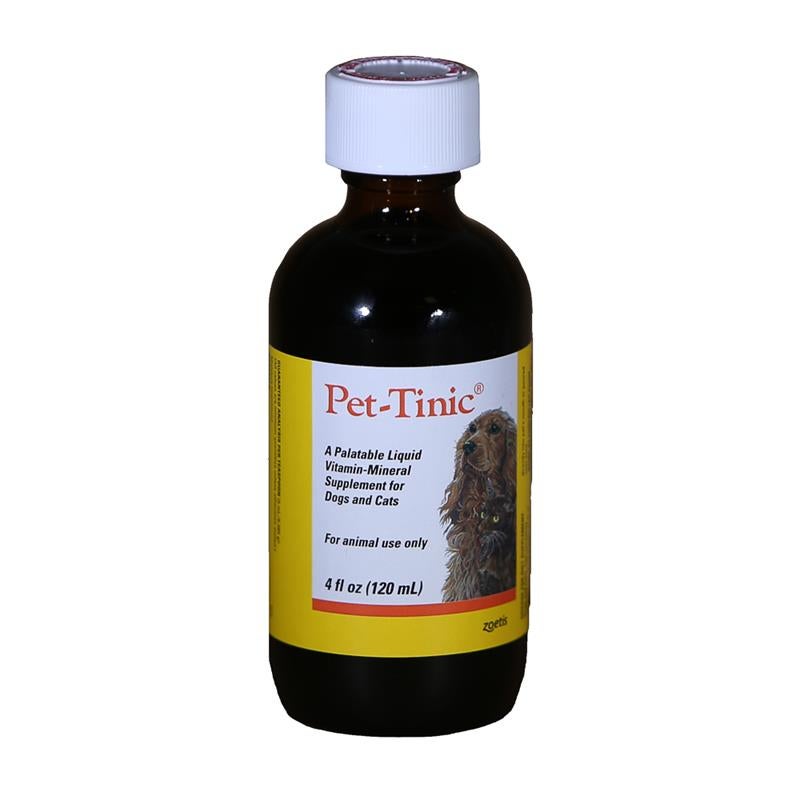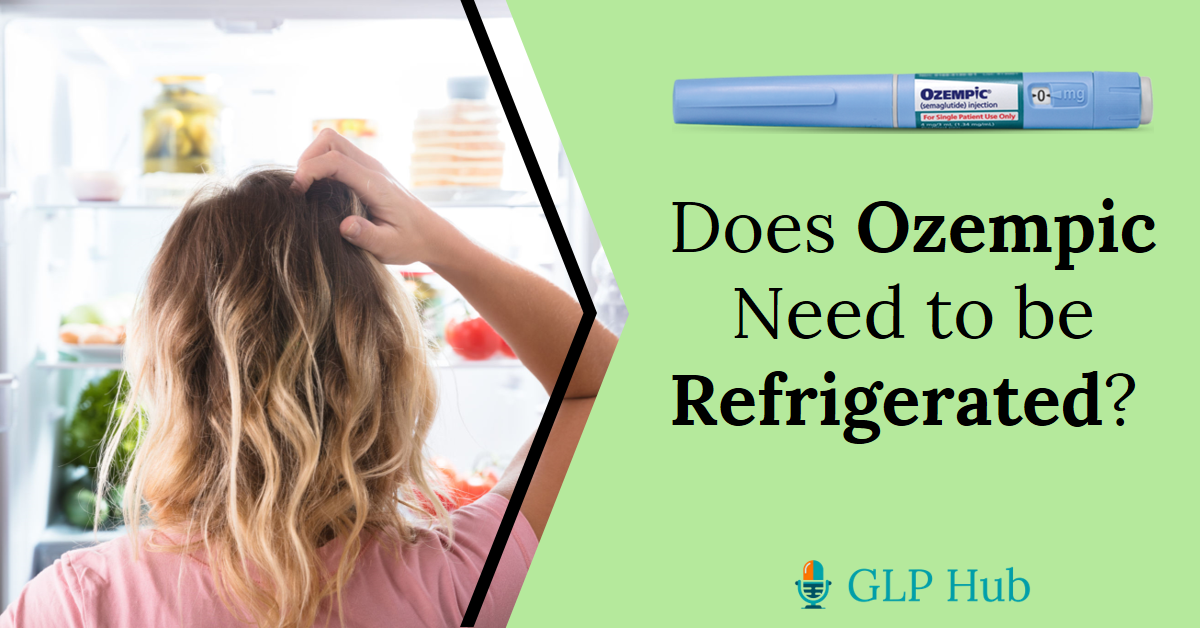Does Pet Tinic Need To Be Refrigerated
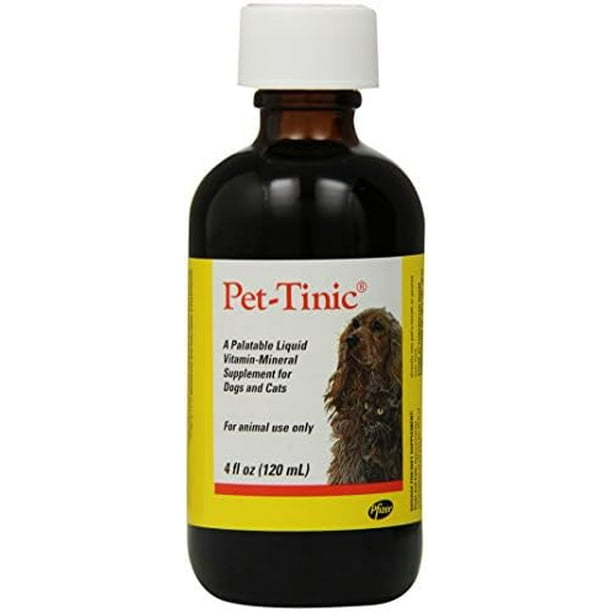
Urgent warning for pet owners using Pet Tinic: Immediate refrigeration is crucial after opening to maintain its efficacy and safety. Failure to do so could render the supplement ineffective or potentially harmful.
This article clarifies the crucial storage requirements for Pet Tinic, a popular liquid vitamin and mineral supplement for animals, addressing concerns about its stability and potential risks associated with improper storage.
Key Findings: Refrigeration is MANDATORY Post-Opening
Numerous veterinary sources and the official Pet Tinic product information sheet confirm the necessity of refrigeration after the initial use.
This is not optional; it's a mandatory step to prevent degradation of the vitamins and minerals within the solution.
Why Refrigeration Matters
Pet Tinic contains ingredients susceptible to breakdown when exposed to room temperature for extended periods.
Unrefrigerated Pet Tinic may lose its potency, meaning your pet isn't receiving the intended nutritional benefits.
Furthermore, bacterial growth becomes a significant concern in improperly stored liquid medications and supplements.
Specific Recommendations for Pet Tinic Storage
The product label clearly states that Pet Tinic must be refrigerated after opening.
The recommended temperature range is typically between 2°C and 8°C (36°F and 46°F). Always check the product label for any specific instructions.
Keep the bottle tightly sealed to prevent exposure to air, which can also accelerate degradation.
What Happens If It's Not Refrigerated?
If Pet Tinic is left unrefrigerated for an extended period, discard the remaining solution immediately.
Do not administer potentially degraded or contaminated product to your pet. It is better to be safe than sorry.
While specific data on the exact timeframe for degradation varies, erring on the side of caution is crucial for animal safety.
Where to Find Official Information
Always refer to the manufacturer's website or the product insert for the most up-to-date information.
Consult with your veterinarian for personalized advice on administering and storing supplements like Pet Tinic.
Many online veterinary pharmacies also provide detailed product descriptions and storage guidelines.
Who is Affected?
This information is vital for all pet owners who administer Pet Tinic to their animals, including dogs, cats, and other small pets.
The risk is present whenever the product is opened and not immediately refrigerated.
Veterinarians and pet healthcare providers should emphasize this storage requirement to their clients.
How to Identify Potential Spoilage
Look for changes in color, odor, or consistency of the liquid.
If you observe any unusual appearance or smell, do not use the product.
When in doubt, discard the product and obtain a fresh bottle.
When to Act
If you have been storing Pet Tinic at room temperature after opening, dispose of it immediately and purchase a new bottle, ensuring it's refrigerated after opening.
Implement a reminder system (e.g., a note on the refrigerator) to ensure consistent refrigeration.
Moving forward, double-check storage instructions for all pet medications and supplements. Proper storage is paramount to ensuring both the efficacy and safety of these products.
Contact your veterinarian immediately if you have given your pet unrefrigerated Pet Tinic and notice any adverse reactions.
